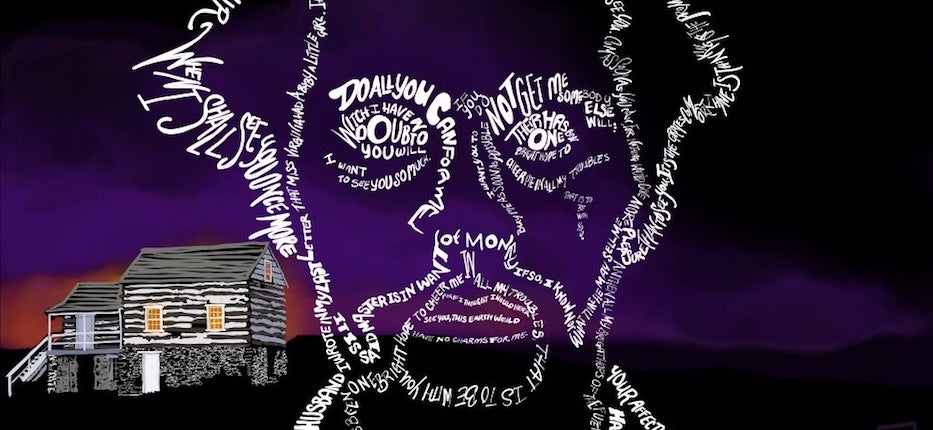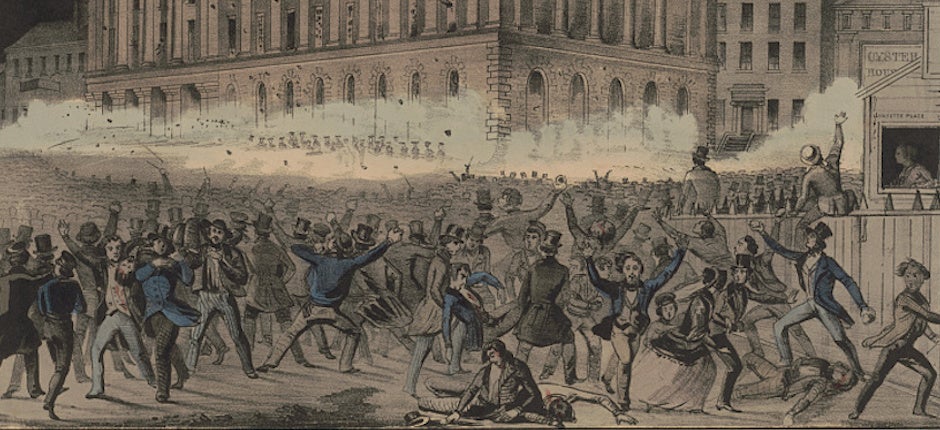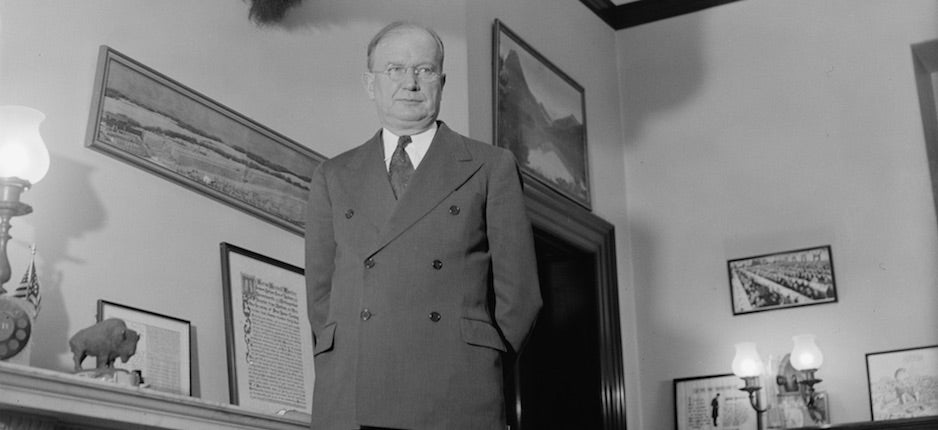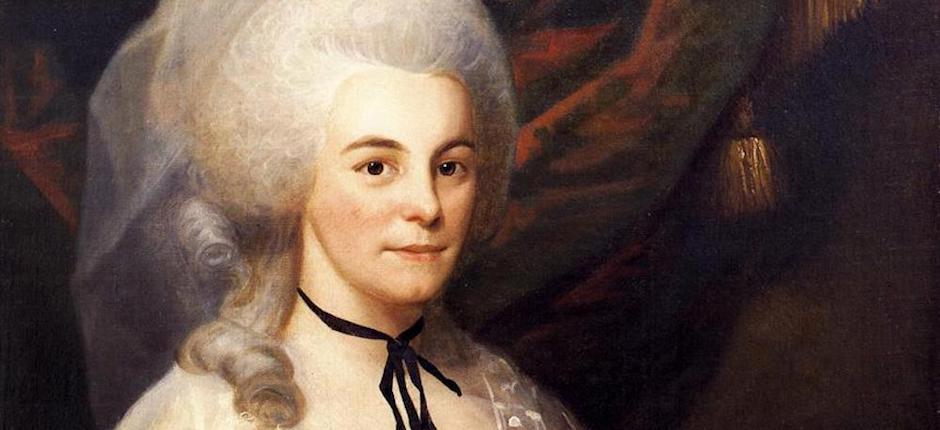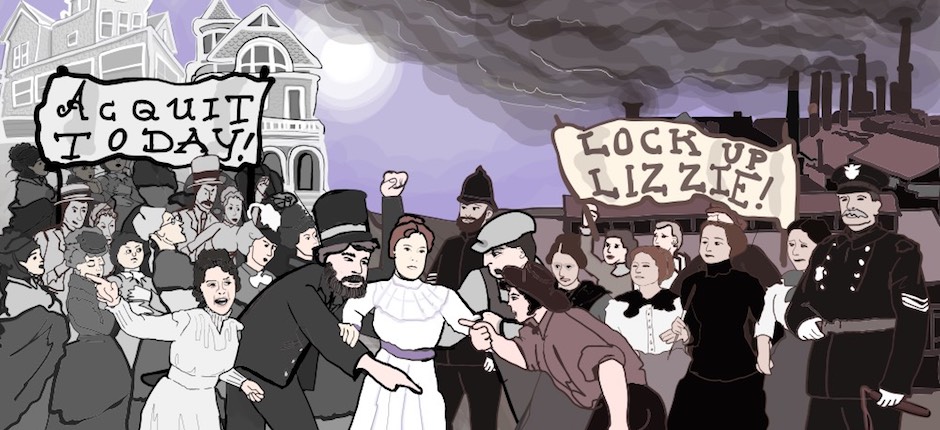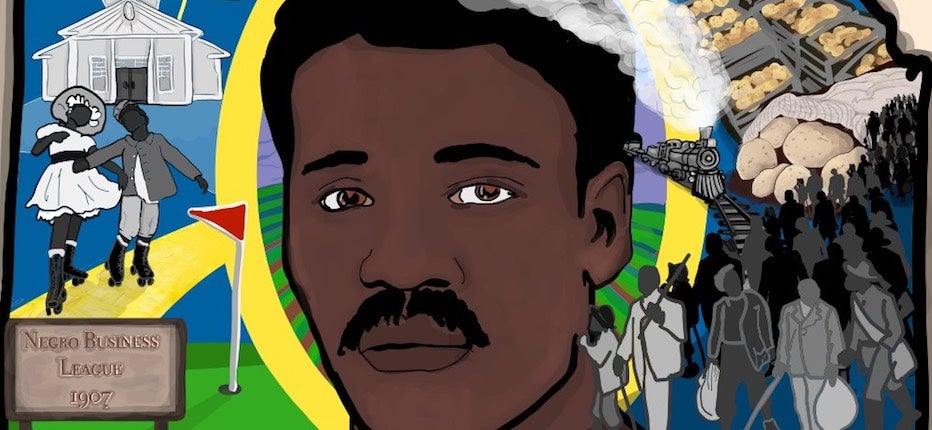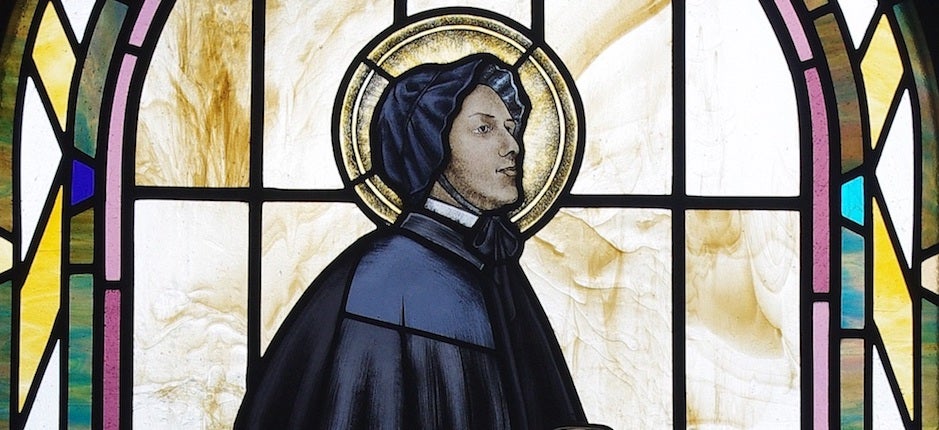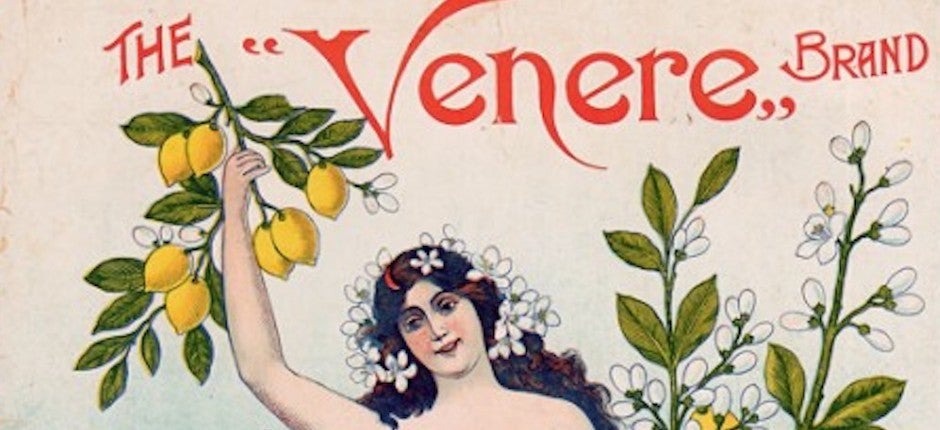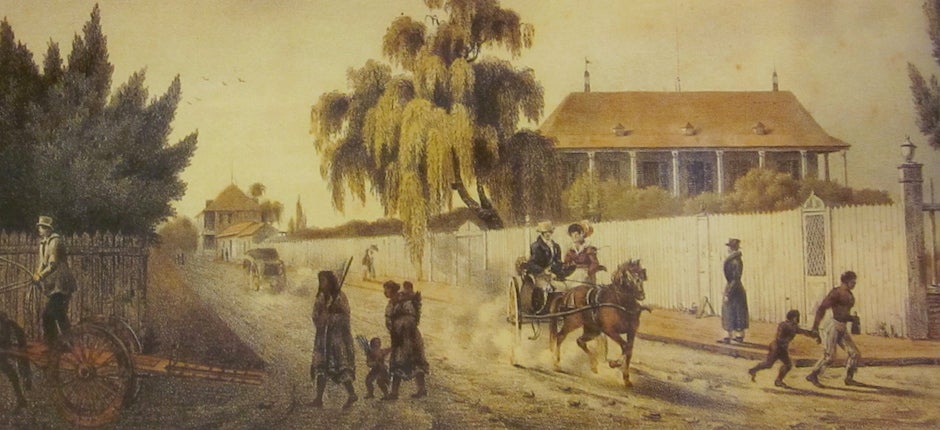The Heartbreaking Love Letters That Spurred an Ohio Blacksmith to Join John Brown’s Raid
Dangerfield Newby’s Enslaved Wife Wrote Increasingly Desperate Missives That Inspired Her Husband to Join the Abolitionist Rebellion
Every October 16 marks the anniversary of John Brown’s historic raid on Harpers Ferry in West Virginia in 1859. Accompanied by 18 supporters, Brown, a radical abolitionist, hoped to seize the federal arsenal at the confluence of the Potomac and Shenandoah Rivers and foment a slave rebellion that would ultimately bring down the South’s “peculiar institution” of slavery.
Every year at the anniversary there is much ado about Brown, whose failed raid is often described as the spark that ignited …


